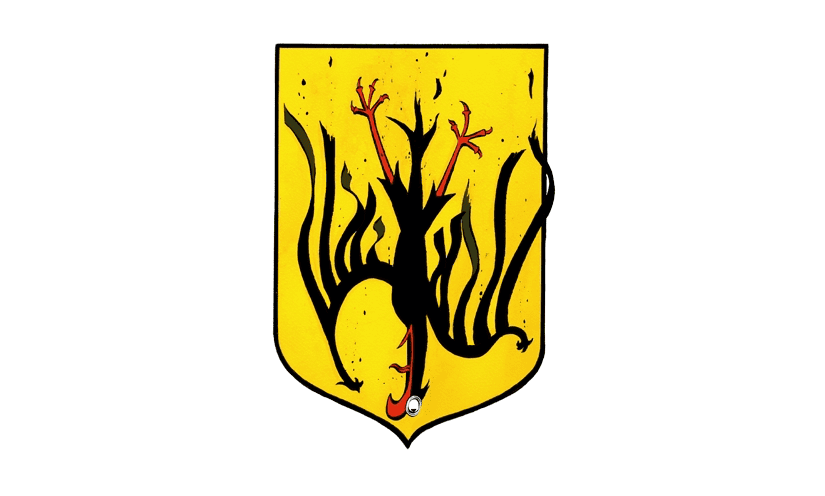Jamaica, Germany, Kenya or traffic lights? The names of the potential German coalitions — and their corresponding party colours — can be quite exotic. But as the vote has begun to split in the run up to the federal elections next month, the possible combinations that will make up Germany’s government have grown. The race is still wide open.
Coalitions were purposefully built into Germany’s post-war democracy — the voting system mixes first-past-the-post with proportional representation to ensure a workable splintering. With one notable exception in 1957, no political party has received the votes of over half of the electorate outright. It usually falls to the party with the most votes to find a coalition partner to form a majority government. Normally the larger party can rely on just one junior — but it looks increasingly likely that whichever party comes first will need the support of two runners-up.
It was widely expected that the 2021 election would be won by Angela Merkel’s Christian Democrats (CDU-CSU) who would then work with a coalition partner, possibly the Green party whose poll ratings were strong at the start of the campaign in the spring.

Get Britain's best politics newsletters
Register to get The Spectator's insight and opinion straight to your inbox. You can then read two free articles each week.
Already a subscriber? Log in







Comments
Join the debate for just £1 a month
Be part of the conversation with other Spectator readers by getting your first three months for £3.
UNLOCK ACCESS Just £1 a monthAlready a subscriber? Log in